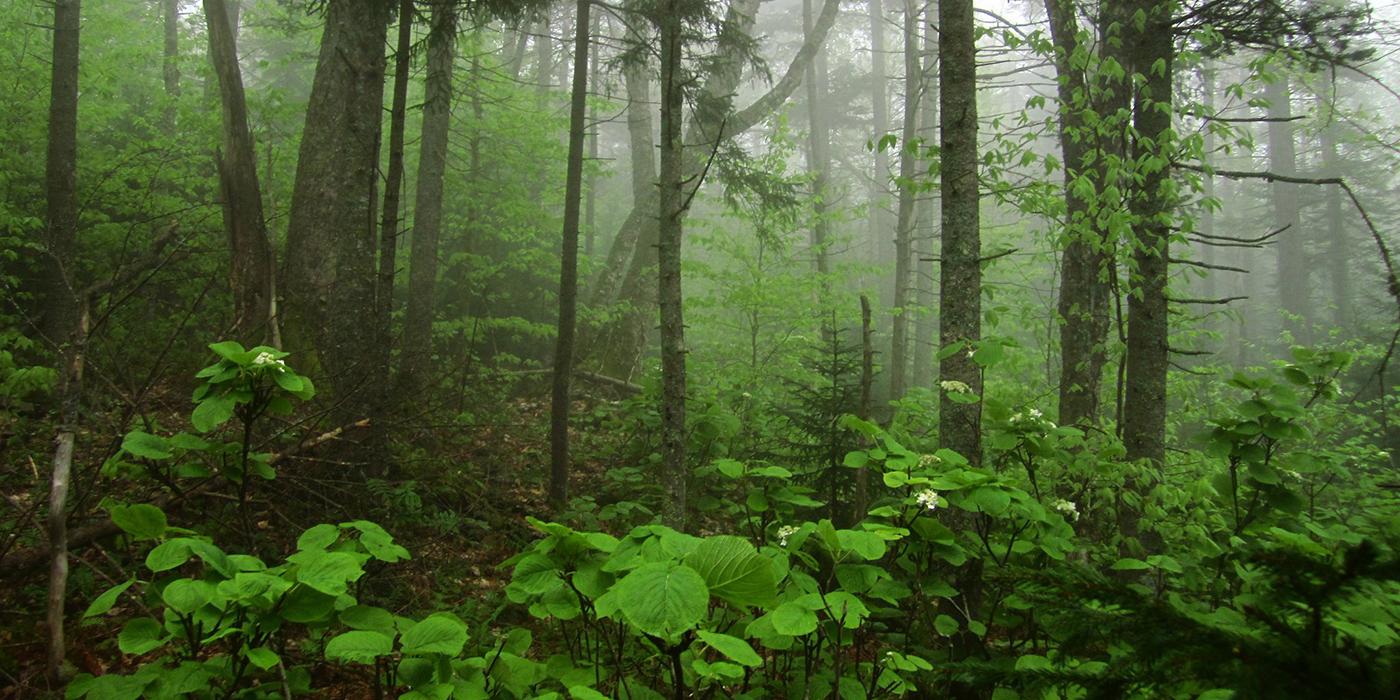Climate Change in Hubbard Brook Forest
Smithsonian Migratory Bird Center scientists seek to understand how climate change affects migratory songbirds, such as the black-throated blue warbler and ovenbird. This research takes place at the Hubbard Brook Experimental Forest in New Hampshire's White Mountains, where scientists have been monitoring bird populations for decades.
SMBC has intensively studied black-throated blue warblers at Hubbard Brook since 1996. They have found that individual birds breeding in a relatively warmer climate at lower elevations have less understory vegetation in which to forage, less food and greater nest predation. These birds produce fewer young and do not return to the same territories in subsequent breeding seasons. In contrast, birds breeding and foraging in cooler climates at higher elevations fared much better and regularly returned to their territories.
Unfortunately, the birds' habitat is getting warmer. The site's average summer temperature has risen an unprecedented 2 degrees Celsius over the past 50 years, and is expected to jump 2.3 to 4.8 degrees Celsius more by the end of the century. Can these warblers compensate for climate-driven habitat changes and still thrive?
Researchers are investigating the choices black-throated blue warblers make in response to climate change, which could directly impact their population dynamics. For example, scientists monitor where these birds choose to breed, if breeding sites change from season to season and how much effort birds invest in mating and parental care.
Other experiments have been implemented to better understand the complex relationship between weather, territory selection, site fidelity and reproductive effort. In one study, supplemental food, specifically mealworms and waxmoth larvae, was provided to some wild birds. Another study manipulated brood size by reducing nests with four or five eggs to two.
SMBC's long-term research complements work being done by other scientists at Hubbard Brook. Colleagues and research partners collect similar data on black-throated blue warblers at the Coweeta Long Term Ecological Research site in North Carolina's Smoky Mountains, so latitudinal comparisons can be made.












